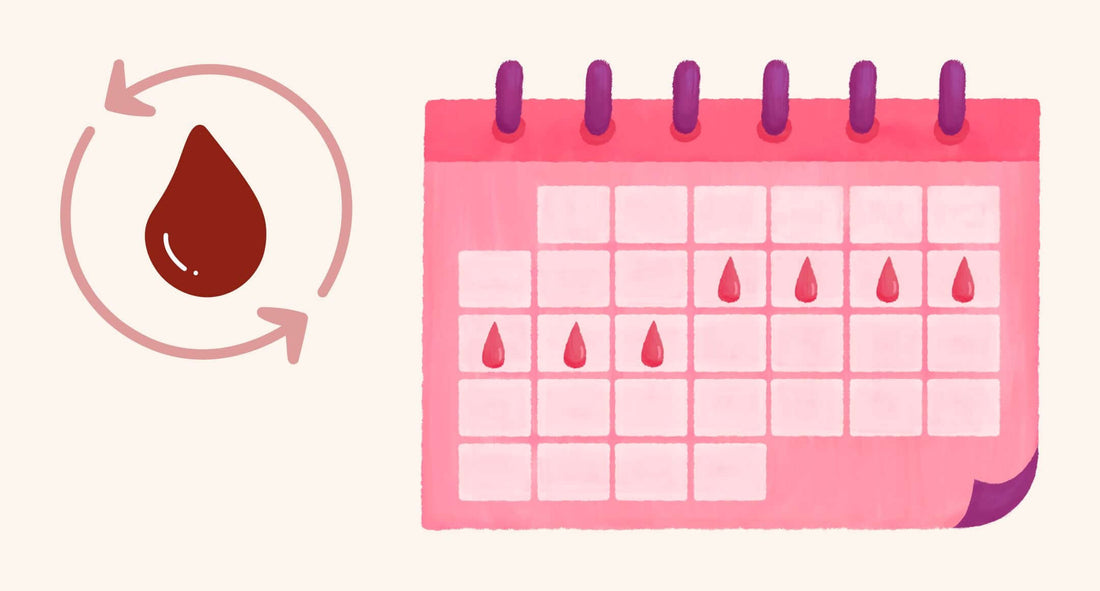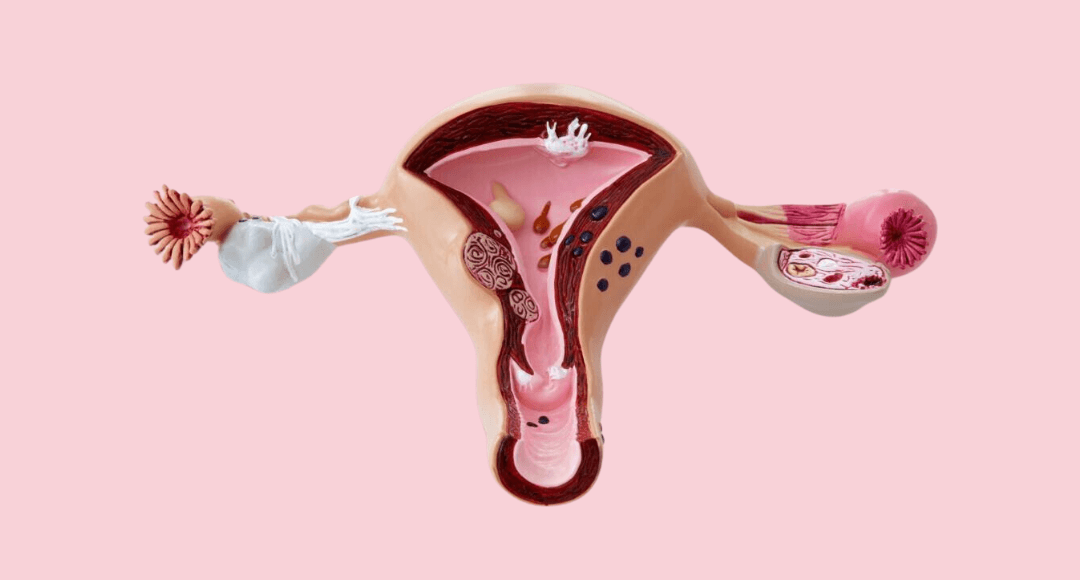At 9:00 sharp, the door closes softly behind you. The conference room is brightly lit, while the morning still hangs like a wet cloth over the city. Outside, raindrops tap against the windows. Rhythmic, almost reassuring; as if the day itself needs a moment to wake up. Across from you sits a man who's been your colleague for years, with his always-neat hair and his laptop open like a shield. His pen wobbles along with his impatience. Next to you, a woman sips her cappuccino with foam that just barely reveals a heart shape. There's some muttering about the Wi-Fi.
Do you ever look at the people around you in a meeting? Everyone seems to be listening, nodding, taking notes. You and your colleagues behave as expected at that moment. Pretty impressive. Put a few chimpanzees in a meeting room, with the older one at the front of the group. You can watch for hours, but they won't behave as well as the average human team. The apes will probably make a racket, groom each other, and certainly not just sit quietly with their buttocks on a chair. We do. And we consider it normal. Just. That's how it goes.
We often leave our body, our nature, at the front door
We're a recent species. Our behavior and our human society, at least from an evolutionary perspective, haven't existed for very long. And yet we stare at screens, speak in conference rooms, and respond to stimuli as if that's what we were made for. We forget our bodies, our bodies. And with it, at least half of the intelligence inherent in us. I'm Anneke Valk, and as a passionate biologist, I'd even say it's more than half, but let's not argue about that now.
The point is: we often view our bodies as if they were some kind of machine. A materialistic vessel in which we move, in which we perform. We plan beyond our biorhythms. We take breaks when the screen goes black, not when our mind demands it. We talk about targets, but not about the cycle. We celebrate productivity, but not recovery. We ignore the timing of natural rhythms and physical signals, effectively missing opportunities.
Would you schedule an important meeting at midnight?
If you wouldn't have a meeting at midnight, why would you want to have one in the middle of your PMS phase?

Perform? And why do we ask someone at the peak of her energy, in the midst of her ovulation, to sit in a stuffy meeting room? If she doesn't have a prominent role there, she could probably serve the company, her team, and herself much better if she were allowed to follow her natural rhythm. This woman can move mountains now!
Why do we ignore those opportunities?
Recent and ancient history offer countless explanations for why we've come to ignore our bodies. People became more "civilized," less and less chimpanzee-like, and that has certainly benefited us greatly. But we've also forgotten much. Our bodies aren't a burden; they're a source of wisdom, intuition, and rhythms that can't be captured in digital weekly schedules.
Because whoever follows his body, works more in line with life itself.
Consider the monthly cycle of the female body. Four phases, four archetypes, four opportunities . In the workplace, the "peaks" are often the most valued: the action and the results. But the cycle is more than just that phase. There are days when silence, rest, and reflection are much more welcome. Days that are difficult and cause commotion.
What happens if we ignore those days?
Then we ask people to meet at midnight. We encourage people to ignore their bodies even more, much more than we usually do. With all the consequences that entails.
Perimenopause: The Great Reshuffle
Take perimenopause. A phase we collectively keep quiet about, except in sarcastic jokes. But in reality, it's a life stage of profound transformation. Estrogen declines, but not gradually. It rocks like a ship on a stormy sea. One moment you feel untouchable, the next, fragile as crystal.

In the brain, dopamine and serotonin are stimulated less, and the gray matter undergoes a metamorphosis. The change is just as powerful as that during puberty or pregnancy, with the temporary consequence that memory processes falter and emotions can run wild. Or at least, 80% of women experience these experiences. And the brain's gray matter also recovers; but the turmoil often manifests mid-career, precisely when women are taking on leadership roles, leading teams, and contributing experience. How much talent do we lose by not acknowledging this phase?
We know from numerous studies (McKinsey, Zenger, and Folkman) that postmenopausal women are the most valued among leaders. Unfortunately, we lost them during their transition. What talent and vision are we missing on our boards now?
And the man?
Men also live with hormones. Their cycles are less pronounced, but no less real. Testosterone peaks in the morning and drops in the evening. As men age, this production declines. This results in less muscle mass, slower recovery, and more mood swings. Sometimes restlessness, sometimes listlessness.
And perhaps even more relevant: during periods of stress (hello deadline), testosterone levels drop faster. This leads to decreased focus, lower libido, and often even existential doubt. But while women are labeled "hormonal," men are rarely allowed to reveal their hormonal vulnerability. What if they, too, were given the space to express their inner world without shame?
What are we to do?
We forget our bodies. Let's feel them again. Let's acknowledge them again. How? Through these recommendations for organizations with healthy, vital teams and people:
1. Normalize the conversation. Talk about hormones like you would talk about an injury. No shame, no secrets. Invite people to share their rhythms.
2. Education for everyone. Provide training on the hormonal cycles of both women and men. Show how they influence work, energy, emotions, and communication.
3. Adapt the work, not the person. Let people plan their day based on their energy levels. Provide opportunities for focus periods, rest periods, and creative peaks.
4. Leadership with a sense of rhythm. Leaders who approach their teams in a cyclical manner—who know when someone needs space or wants to flourish—create sustainable employability.
5. Redefine vitality. Vitality isn't a constant state of high performance. It's tuning into the natural flow of life. Integrate this into HR policies, absence management, and performance reviews.
Back in that conference room…
The heart in the cappuccino has disappeared. You look outside. The rain has now turned into a kind of silver mist. There, between the glass and the clouds, the world moves at its own pace. And suddenly you feel it: the wonder. That you're here, that your body has brought you here, with all your cells doing what they do, without you telling them what to do.
Someone asks you something. And you answer. Calmly, or passionately. But always from a place deeper, more grounded than the scribbles on your to-do list.
|
Visit Anneke Valk 's website for more information. |
Author: Anneke Valk. Biologist, Senior University Teacher.
Copyright: Anneke Valk

 This article was written by Anneke Valk . As a biologist and hormone expert, she helps women improve their health and hormonal balance. Since 2021, she has been actively providing training, lectures, and programs in which she makes topics such as the menstrual cycle, menopause, and stress accessible and understandable. Anneke combines scientific knowledge with practical application, both in the workplace and in her personal life.
This article was written by Anneke Valk . As a biologist and hormone expert, she helps women improve their health and hormonal balance. Since 2021, she has been actively providing training, lectures, and programs in which she makes topics such as the menstrual cycle, menopause, and stress accessible and understandable. Anneke combines scientific knowledge with practical application, both in the workplace and in her personal life.

















